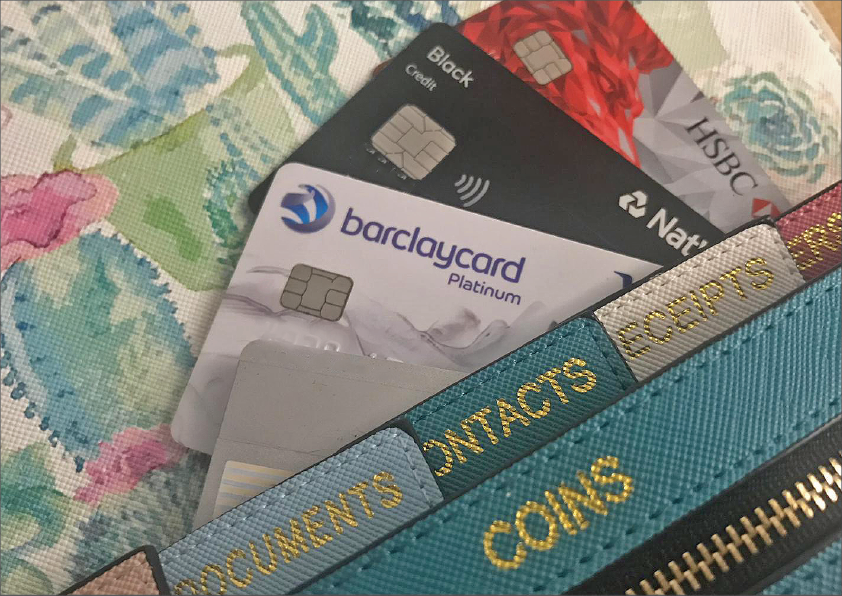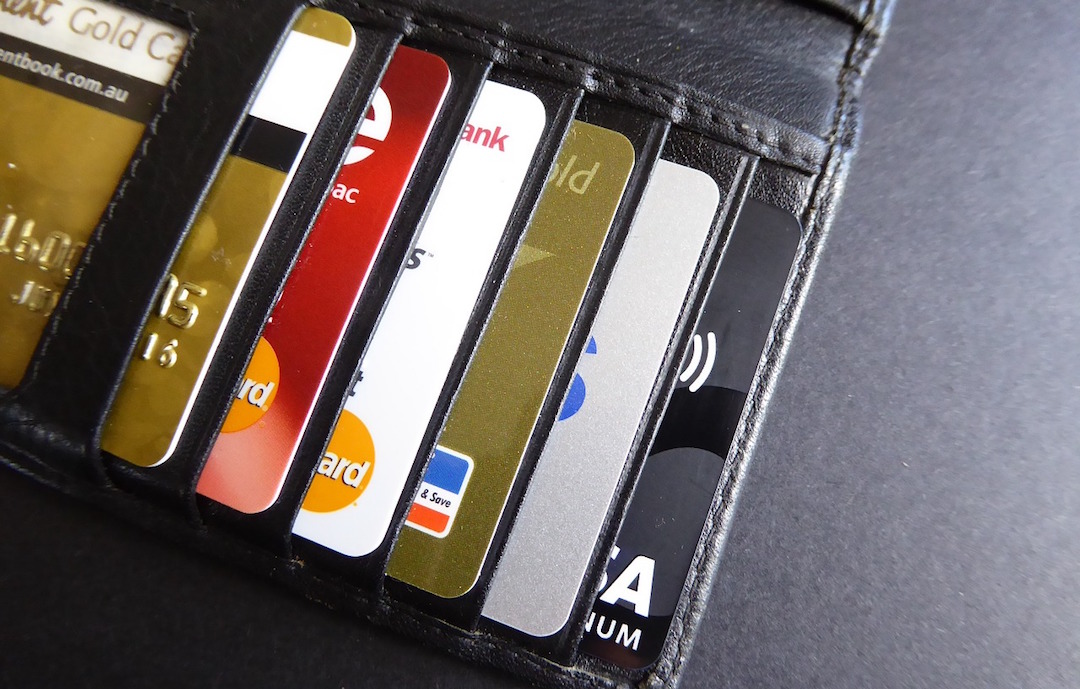Do you feel swamped by debt? Maybe you’re behind on your credit card bills, and the interest is sucking you deeper into the quicksand.
If this is a familiar feeling, you’ll probably want balance transfers explained to you. What is a balance transfer anyway, and what is the point? Getting a balance transfer card can help you pay off your debts without racking up any more interest.
What is a balance?
Your balance is the amount of money you owe to your credit card company. If you have several cards, you’ll have several balances.
What is a balance transfer?
If you transfer your balances from your existing credit cards onto a new, balance transfer card, then you have made a balance transfer.
What’s the point of a balance transfer?
If you haven’t been able to pay off your credit card bill in full every month, you’ll probably be paying a lot in interest.
Balance transfer cards offer introductory periods of 0% interest or very low interest. Say your normal credit card has an interest rate of 18%. When you transfer your money from your credit card onto a balance transfer card, the interest rate can go from 18% to 0%. This gives you time to pay off your debt, without racking up more debt from interest.
If possible, spending on a balance transfer card should be avoided – using it to pay for things will increase your debt, defeating the reason you got the card in the first place!
So what’s the catch?
Seems too good to be true, right? The catch is the introductory fee. This is usually calculated as a small percentage (0.5 – 3%) of the balance you are going to transfer.
In some cases, this fee can wipe out the benefits of the interest-free period.
How do I decide if a balance transfer is for me?
If you’ve been rejected for any kind of credit recently, then you should wait until three months since your failed application has passed before applying for a balance transfer card. This is because you are unlikely to be accepted if you have recent rejections on your credit report.
If this doesn’t apply to you, then a balance transfer might be for you!
In making your decision, you should weigh up these three things:
- What amount of interest do I currently have on my existing credit cards?
- How much will the transfer fee be?
- Will I be able to clear my debts by the end of the introductory 0% or low-interest period?
After the introductory period, balance transfer cards might charge higher interest rates than your current credit card. If you can’t clear your debt before the introductory period, you will have paid the transfer fee plus be paying higher interest rates than you would anyway.
It’s important that you are able to pay off your debt before the introductory 0% or low-interest period ends.
Case Study
Let’s simplify a typical scenario with some rough figures. Say you have a total debt of £5,000 across all your existing credit cards. You’ve found a balance transfer card that offers 0% interest for 24 months, and a transfer fee of 1.4%.
1.4% of £5,000 = £70 (transfer fee)
£5,000 / 24 = £208.33 (the amount you have to pay every month to clear your debt before the end of the 0% interest period)
Ask yourself: “Can I afford to pay £70 upfront as well as commit to paying £208.33 a month, for 2 years?”
If the answer to this question is yes, then this particular balance transfer card is for you.
What if I can’t balance transfer all of my debt?
If you have, say, £5,000 of total debt but your balance transfer card only allows a transfer of £3,000, you should transfer your highest rate debt first. This will shrink the amount of interest you pay (though not reduce it to zero).
Balance transferring some of your debt in this way will also increase your creditworthiness.
This is because:
- Getting an additional line of credit boosts your creditworthiness.
- Using less of your total available credit boosts your creditworthiness.
- Trying to use less of the limit of each line of credit boosts your creditworthiness.
Some quick-fire questions
Q: What is the maximum I can balance transfer?
A: Usually 90-95% of your new available credit limit which leaves sufficient room for any balance transfer fee.
Q: When can I not make a balance transfer?
A: Between credit cards issued by the same banking group.
Q: How long does a balance transfer take?
A: Approximately 7-10 days.
Q: If I’m transferring a balance from a credit card, should I then close it?
A: This depends. To reduce your chance of spending on it again and getting into more debt, you’d want to do so. However, keeping it and using it every so often would continue to contribute to your creditworthiness. Even sat in a drawer doing nothing it’s:
- Contributing to your total credit limit.
- Reducing your percentage spend against your income.
- Giving you another line of credit.
All of these things help to increase your creditworthiness, so it’s worth considering what you do with your paid off credit card.
Do I qualify for a balance transfer card?
If you have a poor credit history, you’re unlikely to qualify for a balance transfer card.
And if you do qualify, you will probably be offered a worse deal than advertised. For example, you might be offered only 6 months at 0% interest, rather than 18 months. This means that a balance transfer card is often only worth getting if you have good creditworthiness.
Your Credibble account will help you out here- showing only products that you are eligible to apply for, and showing you your chances of approval. If you do have a poor credit history, you’ll be able to see personalised and actionable insights on your credit report and be able to boost it prior to applying.
Which balance transfer card is for you?
So how do you find out what deals you qualify for?
Not by applying to them all. Applying for a balance transfer requires a hard search. This leaves an imprint on your credit report, which is visible to all potential lenders who perform a credit search. And being rejected for a balance transfer card will lower your creditworthiness for approximately three months. This means you damage your chances of being accepted for any form of credit for several months in the future.
So, you should be thinking you’ve only got one shot at applying for a balance transfer card, so you’ll want to make sure you score.
It’s a good idea to look at a range of cards, and weigh up these three things:
The interest rate – is it 0% or a little above that?
The introductory period – is it long enough to allow you to pay off your debts?
The transfer fee – can you afford it?
With Credibble, you’ll be able to see where you stand with lenders, as we give you your full credit report as well as a lender report. You can also check out your Booster tips to find out how to improve your creditworthiness.
Signing up is easy and costs less than £10 a month. You can do so here.
Credibble offers two fabulous solutions
If you’re preparing to take a mortgage, never apply until you’ve tried our unique and FREE Credibble Home app. Our smart technology will tell you what you need to fix so you avoid rejection. The app predicts when you will be able to buy, for how much and tracks your month-by-month progress to mortgage success. We’ve even added your own mortgage broker, so you get the best deals available.
More focused on your credit rating? Well, get started for free with Credibble’s 24- Factor Credit Check to truly help you improve your creditworthiness and how lenders view you. (Remember: lenders don’t use your credit score! We’ll show you what lenders look for and how to get your credit report in the best shape possible).
Last updated by Robert Edwards, May 2022









